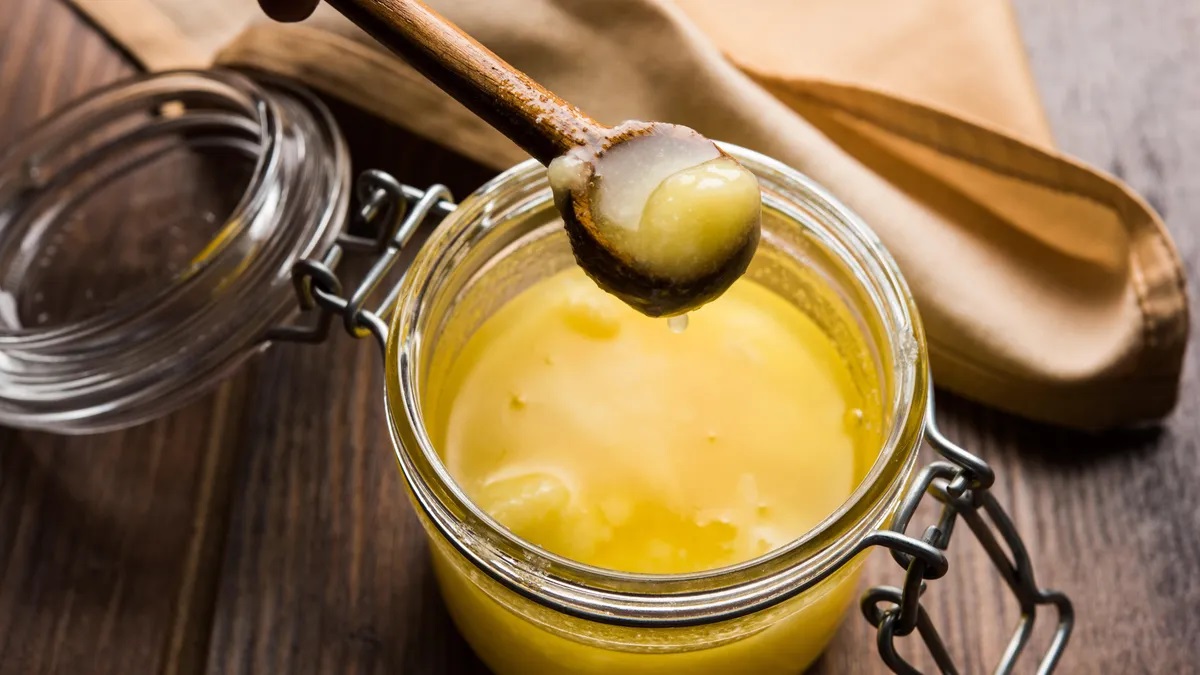

Articles
How To Store Melted Butter
Modified: February 23, 2024
Learn the best way to store melted butter with our informative articles. Ensure your butter stays fresh and usable with these helpful tips.
(Many of the links in this article redirect to a specific reviewed product. Your purchase of these products through affiliate links helps to generate commission for Storables.com, at no extra cost. Learn more)
Introduction
Butter is a versatile ingredient that adds richness and flavor to a variety of dishes. Whether you’ve melted butter for baking, cooking, or simply because it was left on the counter for too long, you may be wondering how to store it properly for later use.
Storing melted butter correctly is important to maintain its freshness and prevent it from going rancid. In this article, we will explore different methods to store melted butter and provide tips on how to ensure its quality is preserved.
Why should you bother storing melted butter? There are several reasons why it’s worth taking the extra step:
1. Versatility: Melted butter can be used in various recipes, ranging from cakes and cookies to sauces and sautés.
2. Convenience: Storing melted butter allows you to have it readily available for future use, saving you time and effort.
3. Cost-effective: Instead of wasting melted butter, you can store it and use it in different dishes, maximizing its potential.
4. Customization: You can enhance the flavor of melted butter by infusing it with herbs, spices, or even garlic, giving your dishes an extra kick.
5. Sustainability: By storing melted butter properly, you reduce food waste, which is beneficial for the environment.
Now that we understand the importance of storing melted butter, let’s explore the different methods and containers you can use to keep it fresh and ready for when you need it.
Key Takeaways:
- Store melted butter in airtight containers after cooling and clarifying to enhance convenience, reduce food waste, and extend its shelf life. Experiment with flavor infusions for a personalized touch!
- Whether at room temperature, in the refrigerator, or in the freezer, stored melted butter can elevate your dishes with its rich, creamy flavor. Use portion control, experiment with flavors, and ensure proper thawing for optimal results.
Read more: How To Store Ice Melt
Why Store Melted Butter?
You might be wondering why you should go through the effort of storing melted butter instead of simply discarding it after use. Here are a few compelling reasons:
1. Convenience: Storing melted butter allows you to have it on hand whenever you need it. You can save time by melting larger quantities of butter and storing them for later use in various recipes. This is particularly useful when you’re in a rush or preparing multiple dishes that require melted butter.
2. Enhanced Flavor: Melted butter can be infused with herbs, spices, or even garlic to create a delicious compound butter. By storing this flavored butter, you can add an extra layer of flavor to your dishes without the hassle of melting fresh butter each time. It’s a simple way to elevate the taste of your recipes.
3. Reduced Food Waste: We all strive to minimize food waste, and storing melted butter is a great way to achieve that. Instead of discarding the leftover melted butter, you can store it and use it for future dishes. This not only saves money but also contributes to a more sustainable kitchen and planet.
4. Versatility: Melted butter is a versatile ingredient that can be used in baking, cooking, or as a topping. By storing it, you have the freedom to experiment and get creative with your recipes. Whether you’re making pancakes, sautéing vegetables, or adding a finishing touch to a grilled steak, having stored melted butter on hand makes it easy to incorporate that rich, buttery flavor.
5. Extended Shelf Life: When stored properly, melted butter can have a longer shelf life compared to leaving it at room temperature. It’s important to store melted butter in a way that prevents it from going rancid or developing off-flavors. We’ll discuss the different methods of storing melted butter in the following sections.
Now that you understand the benefits of storing melted butter, let’s delve into the various containers you can use and how to store it correctly, whether at room temperature, in the refrigerator, or even in the freezer.
Choosing the Right Container
When it comes to storing melted butter, choosing the right container is crucial. The container you choose should be able to seal tightly, preventing any air or moisture from entering and causing spoilage. Here are a few options to consider:
Glass Jars: Glass jars with airtight lids, such as mason jars, are an excellent choice for storing melted butter. They are durable, reusable, and provide an airtight seal, keeping the butter fresh and free from contaminants. Plus, glass containers are transparent, allowing you to easily see the contents and monitor any changes.
Plastic Containers: Look for food-grade plastic containers that are specifically designed for storage purposes. Make sure the containers have a secure lid that forms a tight seal. It’s best to choose containers that are BPA-free and dishwasher-safe to ensure the safety and convenience of storing melted butter.
Silicone Ice Cube Trays: For smaller portions or easy portion control, consider using silicone ice cube trays to store melted butter. These trays are flexible, making it simple to pop out individual cubes of butter when needed. They are also easy to clean and can be stacked in the freezer to save space.
Wax Paper or Foil: If you need to store a small amount of melted butter temporarily for immediate use, you can wrap it securely in wax paper or foil. This method is not suitable for long-term storage, but it can be useful for short-term purposes like pastry brushing or greasing a baking pan.
Note: It’s important to choose containers that are heat-resistant and can withstand the temperature of the melted butter. Avoid using containers made of materials that may leach harmful chemicals into the butter, such as certain types of plastic or low-quality metals.
When selecting a container, keep in mind the quantity of melted butter you plan to store. Choose a container that comfortably accommodates the amount without leaving too much headspace, as excess air can lead to spoilage. Additionally, opt for containers that are easy to stack and organize in your pantry, refrigerator, or freezer.
Now that you know the different container options, let’s move on to the methods of cooling and clarifying melted butter before storing it.
Cooling and Clarifying the Butter
Before storing melted butter, it’s essential to cool and clarify it to remove any impurities and ensure its quality. This process helps to extend the butter’s shelf life and maintain its flavor. Here’s how to cool and clarify melted butter:
- Cooling: Once you’ve melted the butter, allow it to cool for a few minutes. This step is important to prevent condensation from forming inside the container when you store the butter. Avoid pouring hot butter into a container immediately, as this can create moisture buildup and increase the chances of spoilage.
- Clarifying: To clarify the melted butter, you need to separate the clear, pure butterfat from the milk solids and water. There are a few methods you can use:
- Skimming: Place the melted butter in a heat-resistant container and let it sit undisturbed for a few minutes. The milk solids will settle at the bottom, making it easier to skim off the clear butterfat from the top using a spoon or ladle.
- Straining: Pour the melted butter through a fine-mesh sieve or cheesecloth-lined strainer into another container. This method will help separate the milk solids and provide you with clarified butter.
- Cheesecloth Method: Line a funnel or strainer with cheesecloth and place it over the storage container. Slowly pour the melted butter through the cheesecloth to separate the milk solids, allowing the clear liquid to flow into the container below. This ensures a more thorough clarification.
By cooling and clarifying melted butter, you remove any water content, which helps to inhibit the growth of bacteria and prolong the butter’s shelf life. It also prevents the butter from becoming rancid or developing off-flavors.
Remember to discard any milk solids or impurities that you skimmed or strained out. These should not be stored along with the clarified butter, as they can contribute to spoilage.
Now that you have cooled and clarified melted butter, let’s discuss the different storage methods depending on whether you want to store it at room temperature, in the refrigerator, or in the freezer.
Store melted butter in an airtight container in the refrigerator for up to 1 month or in the freezer for up to 6 months. Label the container with the date to keep track of its freshness.
Storing Melted Butter at Room Temperature
Storing melted butter at room temperature can be a convenient option if you plan to use it within a short period. Here are some guidelines to ensure the butter stays fresh and safe:
- Choose the Right Environment: The room where you store the melted butter should be cool, dry, and away from direct sunlight. Avoid placing it in areas that are prone to temperature fluctuations or near heat sources, as this can lead to spoilage or a change in texture.
- Use a Suitable Container: Select a container that is both airtight and opaque to prevent exposure to light and air. Light and oxygen can cause the butter to oxidize and become rancid. Glass jars with tight lids or food-grade plastic containers with well-sealing lids work well for storing melted butter at room temperature.
- Label and Date: It’s a good practice to label the container with the date you stored the melted butter. This helps you keep track of its freshness and ensures you use it within a reasonable time frame.
- Consume within a Week: Melted butter stored at room temperature can generally remain fresh for up to a week. However, it’s important to check for any signs of spoilage before using it. If you notice an off smell, mold, or an unusual texture, it’s best to discard it to avoid any risk of foodborne illness.
It’s important to note that room temperature storage is not suitable for large quantities or if the temperature in your environment is consistently warm. In these cases, it’s best to store melted butter in the refrigerator or freezer.
Now that you’re aware of how to store melted butter at room temperature, let’s explore the alternative of refrigeration for longer-term storage.
Read more: How To Store Brown Butter
Storing Melted Butter in the Refrigerator
If you have a larger quantity of melted butter or want to keep it fresh for an extended period, storing it in the refrigerator is the most suitable option. Below are some steps to ensure proper storage:
- Cool and Clarify: Before refrigerating the melted butter, make sure it has been cooled and clarified as mentioned earlier in the article. This ensures that any impurities or water content are removed, helping to maintain the butter’s quality.
- Transfer to an Airtight Container: Transfer the cooled and clarified melted butter into a clean, airtight container suitable for refrigeration. Glass jars or food-grade plastic containers with tight-fitting lids work best to prevent any odor absorption or cross-contamination.
- Label and Date: It’s important to label the container with the date of storage. Melted butter stored in the refrigerator can be safely consumed within three to four weeks of storage, but it’s always good practice to keep track of its freshness.
- Choose an Appropriate Shelf: Place the container of melted butter on a shelf in the refrigerator rather than in the door compartments. The door is subject to temperature fluctuations due to frequent opening and closing, which can affect the butter’s quality.
- Check for Spoilage: Before using the refrigerated melted butter, inspect it for any signs of spoilage. Look for unusual odors, mold growth, or changes in texture. If you notice any of these signs, it’s best to discard the butter to prevent the risk of foodborne illness.
Refrigerating melted butter helps to maintain its freshness and extend its shelf life. It’s important to note that refrigerated butter can become firm or solidify due to the lower temperature. Allow the butter to come to room temperature before using it, or gently warm it in a saucepan or microwave if immediate melting is required.
Now that you know how to store melted butter in the refrigerator, let’s explore an alternative option for longer-term storage: freezing.
Freezing Melted Butter
If you’re looking to store melted butter for an extended period or have a surplus that you won’t be able to use within a few weeks, freezing is the ideal option. Properly freezing melted butter can help preserve its quality and freshness. Here’s how to freeze melted butter:
- Cool and Clarify: Make sure the melted butter has been cooled and clarified as discussed earlier. This step ensures the removal of any impurities or water content, which can affect the butter’s texture and quality during freezing.
- Transfer to Freezer-Safe Containers: Pour the cooled and clarified melted butter into freezer-safe containers or resealable freezer bags. Be sure to leave some space at the top to allow for expansion during freezing.
- Label and Date: Use labels to clearly indicate the contents and date of freezing on each container. This will help you keep track of the butter’s freshness and ensure you use it within an appropriate time frame.
- Optimal Freezing Temperature: Set your freezer to the coldest temperature or use the dedicated “quick freeze” or “deep freeze” section if available. This ensures that the melted butter freezes quickly, preserving its flavor and texture.
- Freeze and Store: Place the containers or bags of melted butter in the freezer. Ensure they are placed in an organized manner and are not overcrowding each other. This allows for better airflow and faster freezing.
- Thawing and Usage: When you’re ready to use the frozen melted butter, transfer a portion to a refrigerator-safe container and let it thaw overnight in the refrigerator. Alternatively, you can gently thaw it in the microwave using low power or on the stovetop over low heat.
Frozen melted butter can typically be stored for up to six months, but for the best quality and flavor, it’s recommended to use it within three to four months. However, it’s still important to check for any signs of spoilage, such as off-odors or changes in texture, before using it.
Freezing melted butter is a convenient way to keep it for future use, especially if you come across a great deal on butter or want to store it during the holiday baking season. Just ensure proper packaging and labeling to maintain its quality.
Now that you know how to freeze melted butter, let’s move on to some helpful tips for using stored melted butter, regardless of the storage method you choose.
Tips for Using Stored Melted Butter
Now that you have successfully stored your melted butter using the appropriate method, it’s time to put it to good use. Here are some helpful tips for using your stored melted butter:
- Portion Control: If you have frozen or refrigerated melted butter, it’s essential to thaw only the amount you need for a particular recipe or use. This helps reduce waste and ensures that you’re not exposing the entire batch to potential contamination.
- Room Temperature Adjustment: When using refrigerated or frozen melted butter, remember to let it come to room temperature before incorporating it into your recipes. This will ensure that the butter is evenly distributed and doesn’t solidify or create lumps in your dishes.
- Flavor Infusion: Experiment with different flavor combinations by adding herbs, spices, or citrus zest to your melted butter before storing it. This will provide a delightful twist to your dishes and save you time in the future when you need flavored butter.
- Baking Applications: Melted butter is often used in baking recipes such as cakes, cookies, and bread. When using stored melted butter for baking, ensure that the texture and consistency are suitable for the specific recipe. Adjust the quantities and temperature accordingly based on the original recipe.
- Greasing Pans: Melted butter is commonly used for greasing baking pans or sautéing ingredients. When using stored melted butter for this purpose, make sure to use a brush or paper towel to evenly coat the surface, ensuring nothing sticks to the pan.
- Sauces and Dressings: Melted butter can serve as a base for delicious sauces and dressings. Use your stored melted butter as a quick and easy ingredient for creating mouthwatering gravies, creamy pasta sauces, or flavorful dressings.
- Grilling and Roasting: Brushing melted butter on meat, poultry, vegetables, or even corn on the cob before grilling or roasting can add a delicious charred flavor and keep the food moist. Use your stored melted butter to enhance the taste of your grilled or roasted dishes.
- Butter Spreads: Soften refrigerated or frozen melted butter and mix it with your desired ingredients, such as honey or garlic, to create delectable spreads for bread, rolls, or pancakes. Enjoy a personalized touch with your homemade flavored butter spreads.
Remember, regardless of the storage method you choose, always practice food safety and inspect the stored melted butter for any signs of spoilage before using it. Trust your senses – if it smells off, has an unusual texture, or shows signs of mold, it’s best to discard it to ensure your health and safety.
By following these tips, you can make the most out of your stored melted butter and enjoy its creamy, rich flavor in a variety of dishes.
Now that you have a wealth of knowledge on how to store and use melted butter, you can confidently make the most of this versatile ingredient in your culinary endeavors!
Frequently Asked Questions about How To Store Melted Butter
Was this page helpful?
At Storables.com, we guarantee accurate and reliable information. Our content, validated by Expert Board Contributors, is crafted following stringent Editorial Policies. We're committed to providing you with well-researched, expert-backed insights for all your informational needs.

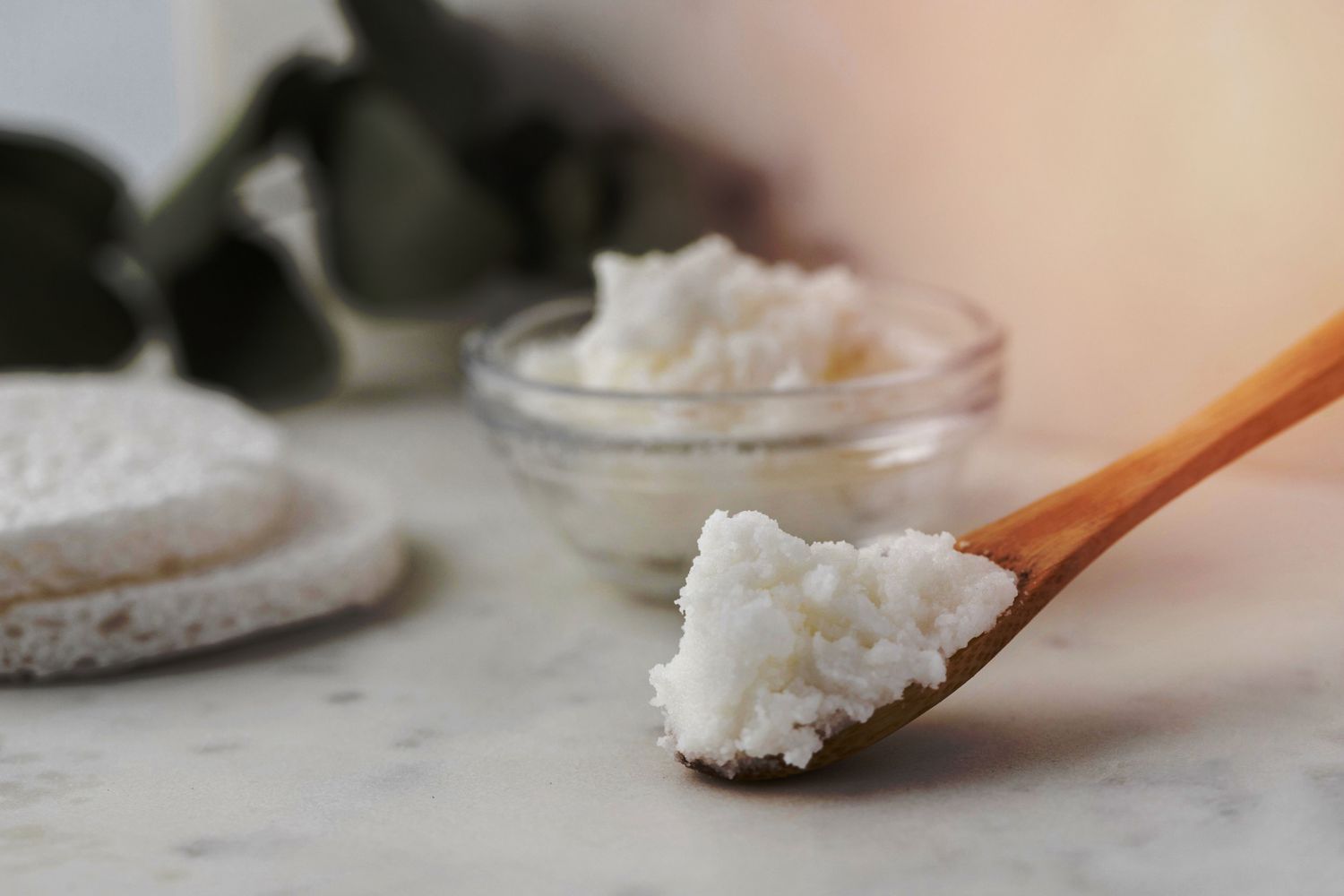
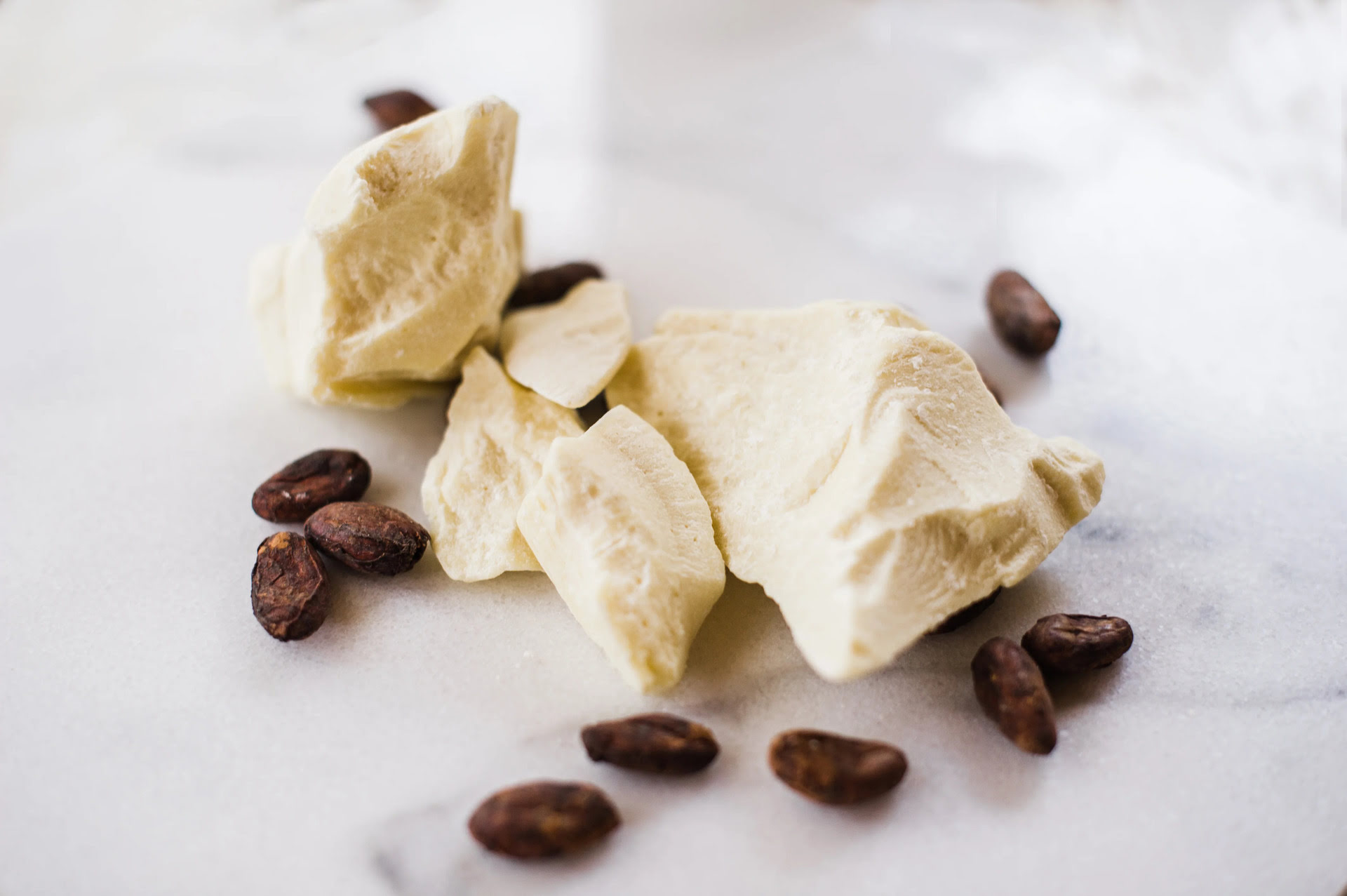
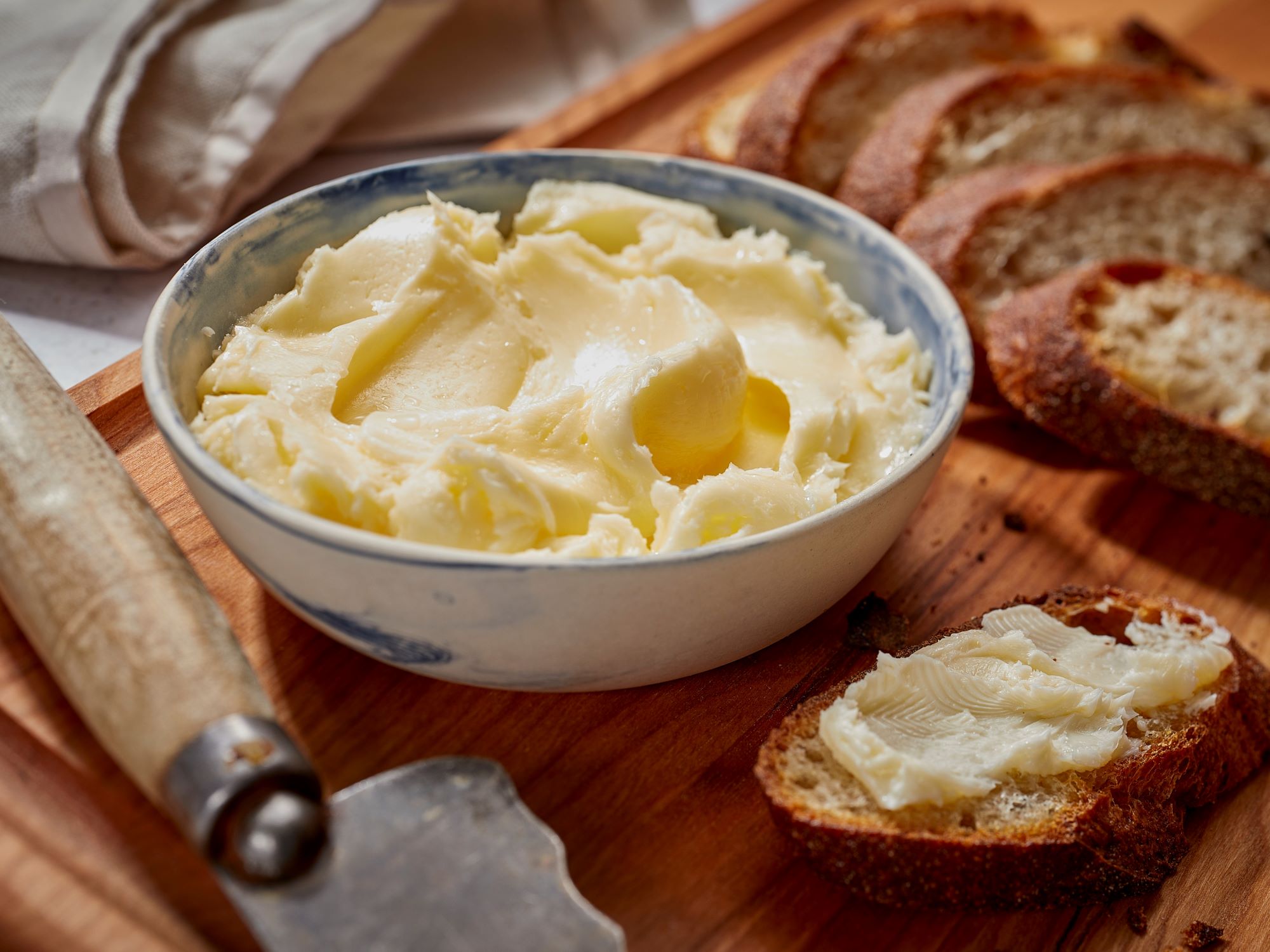
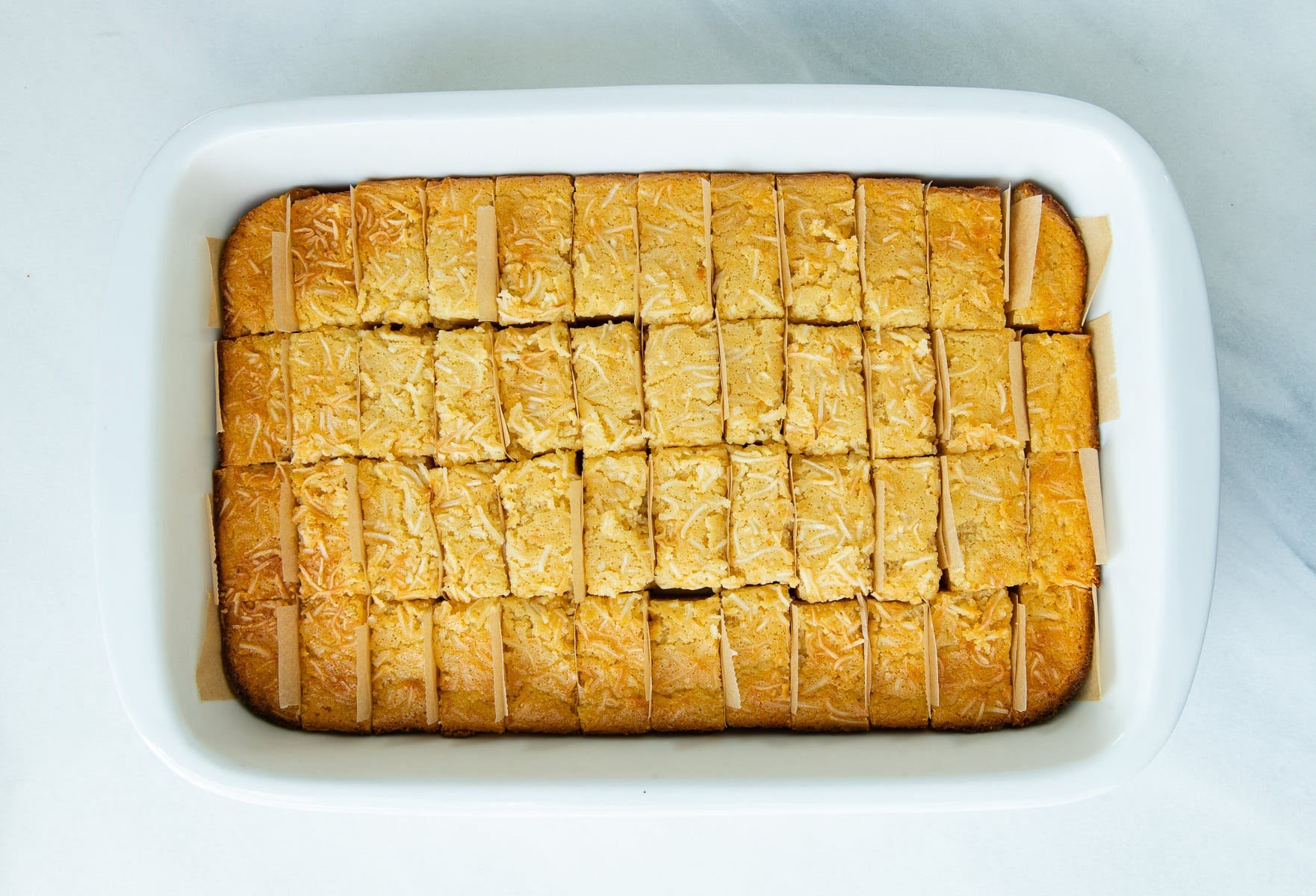
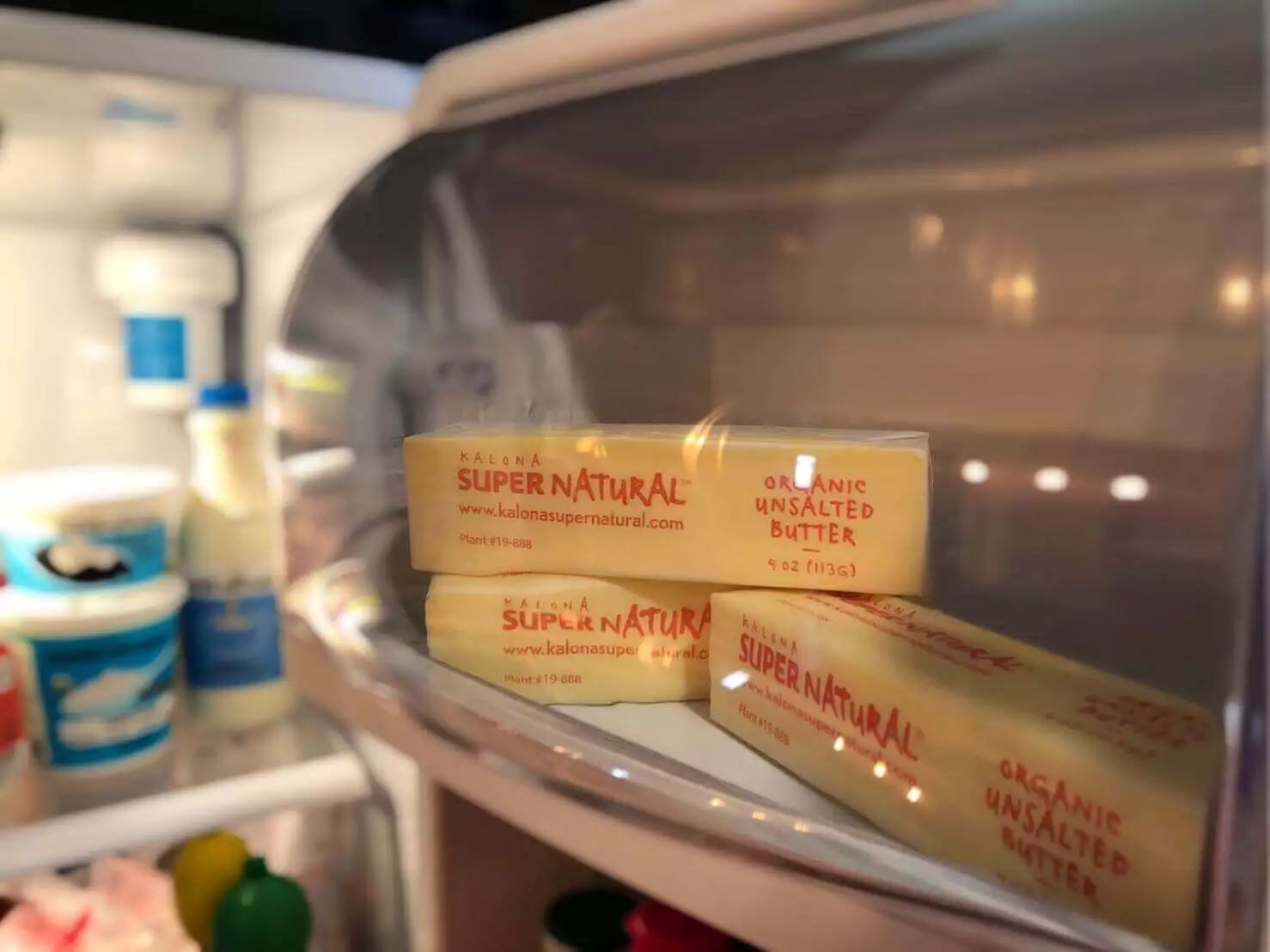
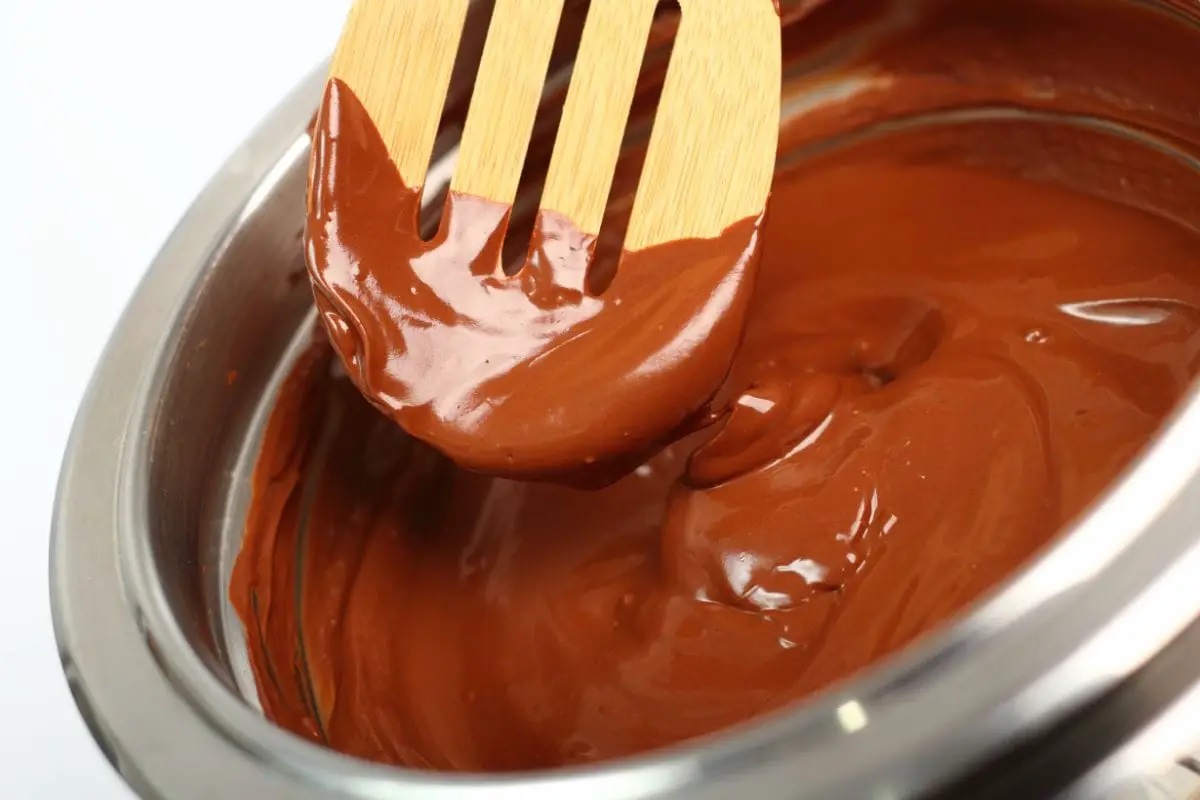
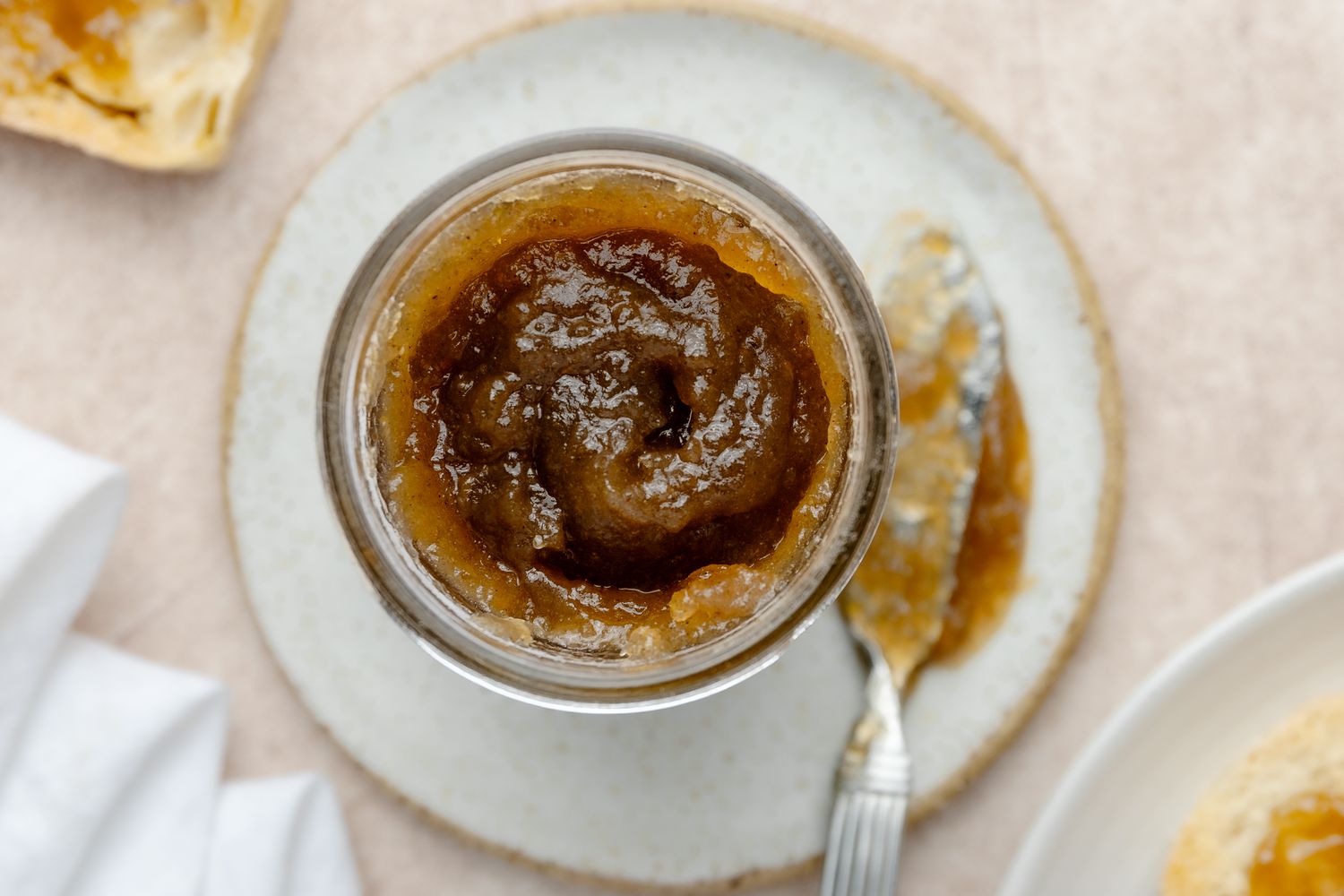

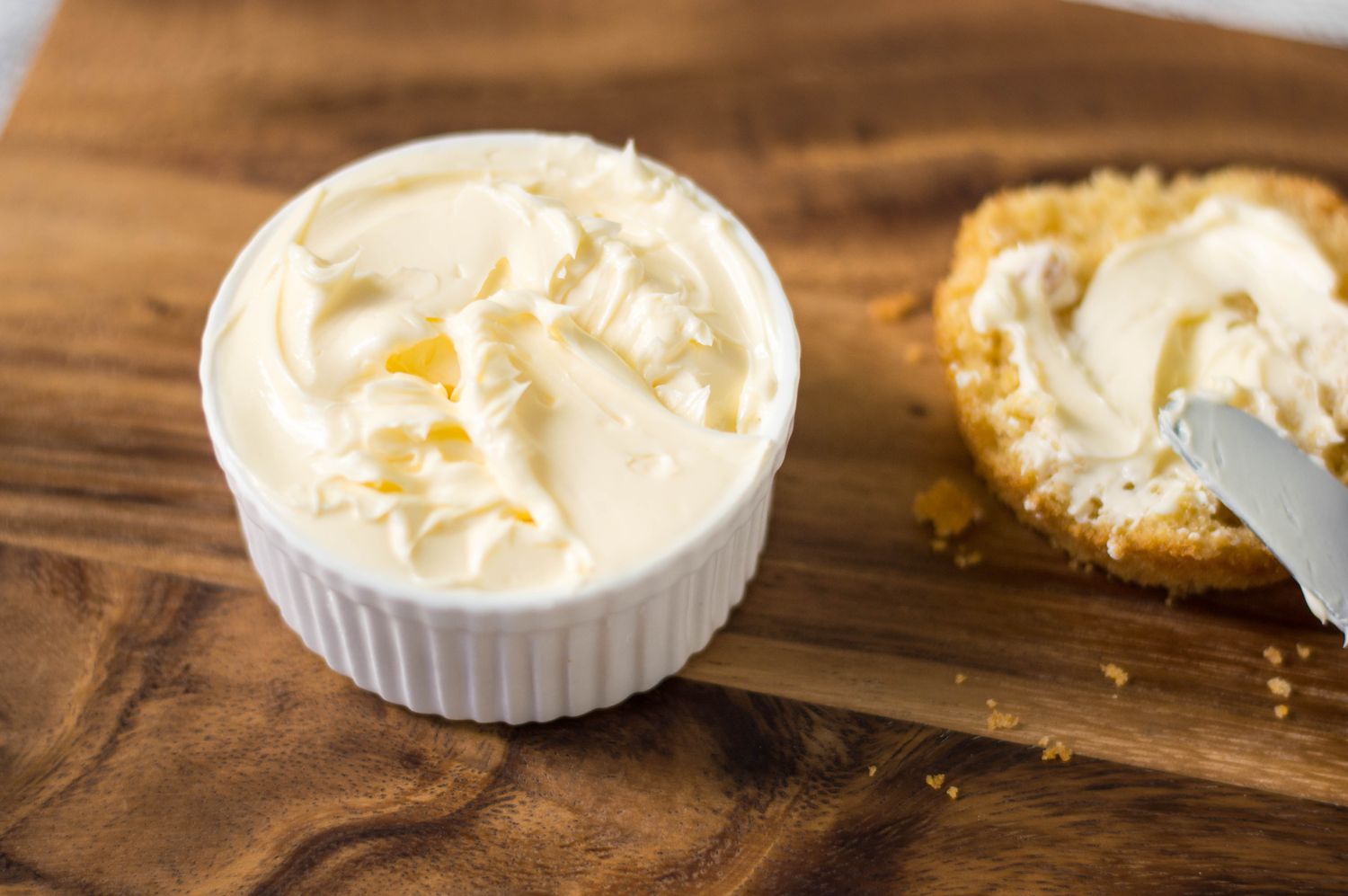
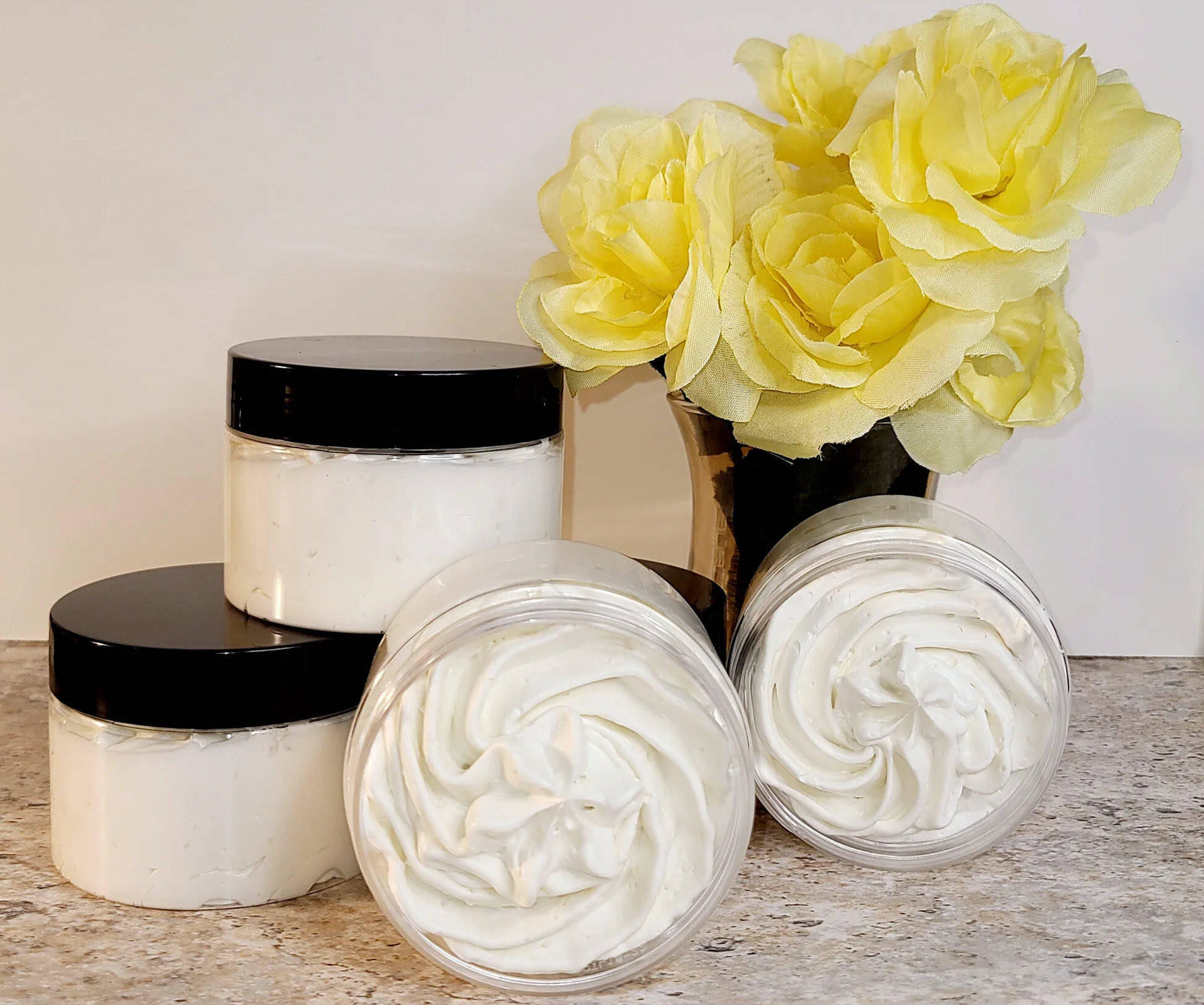
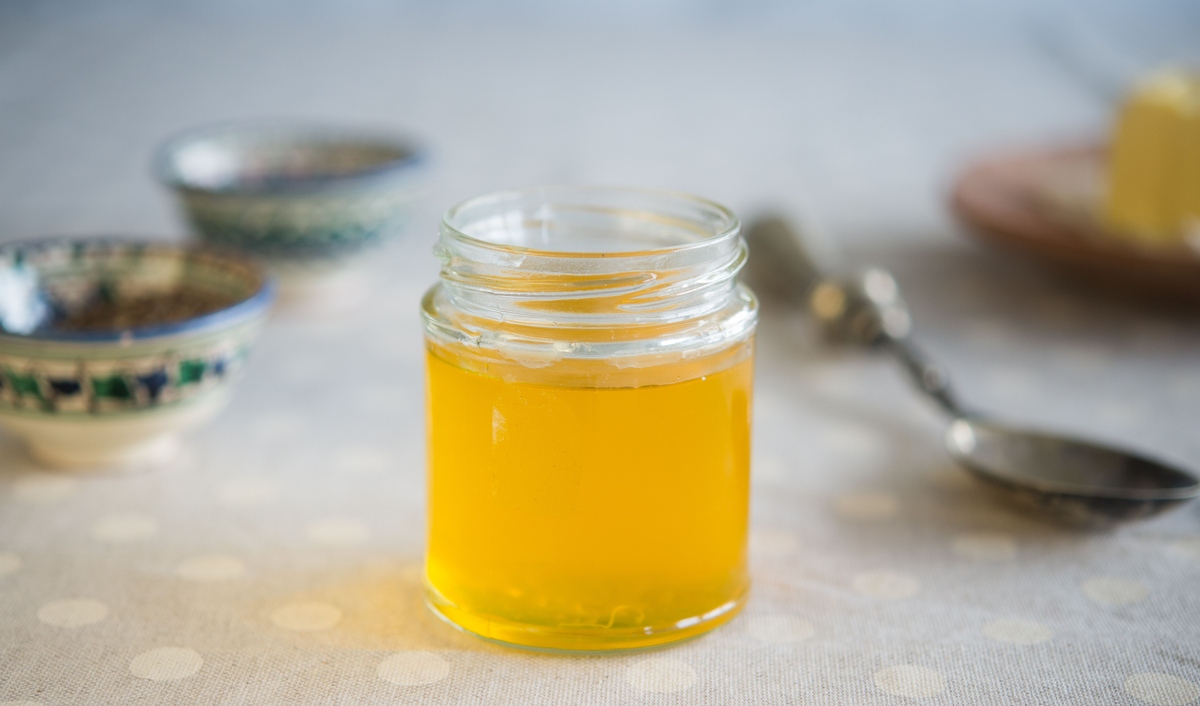



0 thoughts on “How To Store Melted Butter”